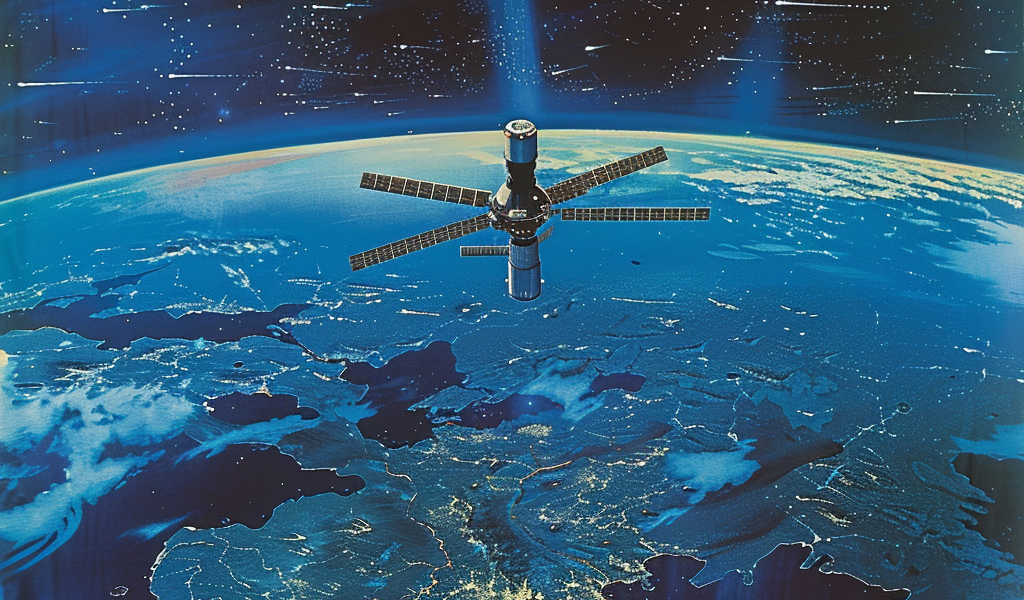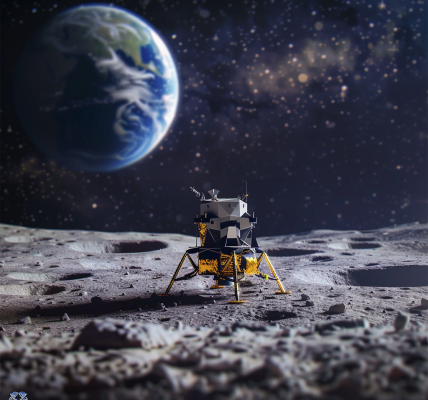China’s Tiangong space station, a significant achievement in the realm of human spaceflight, is set to undergo a series of enhancements aimed at expanding its capabilities and operational scope. Having been fully assembled in November 2022 with the addition of the Mengtian science module, the station has been operational for nearly two years. Recent statements from officials indicate a clear intention to upgrade and enhance the existing infrastructure of the Tiangong station.
During a plenary session focused on human spaceflight at the International Astronautical Congress held in Milan, Italy, Li Ming, the chairman of the science and technology committee at the China Academy of Space Technology (CAST), expressed optimism about the future of the Tiangong space station. He noted, “In the future, we will try to upgrade our facilities” and outlined a multi-step approach to these enhancements.
The first phase of upgrades is set to focus on the Tianhe core module, which serves as the central component of the Tiangong station. The intention is to modify this core module to accommodate additional modules, thereby transforming the station’s current T-shaped configuration into a more complex cross shape, or what Li referred to as a Double-T shape. This redesign will facilitate the introduction of more scientific experiment racks and allow for larger extravehicular experiments.
Li elaborated on the implications of this upgrade, stating that it would significantly extend the operational capacity of the Tiangong space station. The enhancements will not only bolster the station’s research capabilities but also enable a broader range of scientific pursuits in low Earth orbit.
In addition to the structural upgrades, CAST is also in the process of developing a new spacecraft named Mengzhou, which will feature two distinct variants. One variant is intended for lunar missions, while the other will be specifically designed to support operations aboard the Tiangong space station. The Mengzhou spacecraft is expected to support three astronauts on lunar missions and accommodate up to seven astronauts during missions to Tiangong.
This dual-purpose spacecraft represents a significant advancement in China’s space exploration efforts, showcasing the country’s commitment to expanding its presence in both lunar and orbital missions. As China continues to enhance its capabilities in space exploration, the Tiangong space station stands as a testament to its growing ambitions in the field of human spaceflight.
The ongoing development of Tiangong and its associated technologies reflects China’s strategic vision for the future of space exploration. By enhancing the station’s infrastructure and capabilities, China aims to position itself as a leader in international space research and exploration, fostering collaborations and scientific discoveries that could benefit humanity as a whole.
As the global space community watches closely, the next steps for the Tiangong space station promise to be both exciting and groundbreaking, paving the way for new scientific endeavors and a deeper understanding of our universe.





